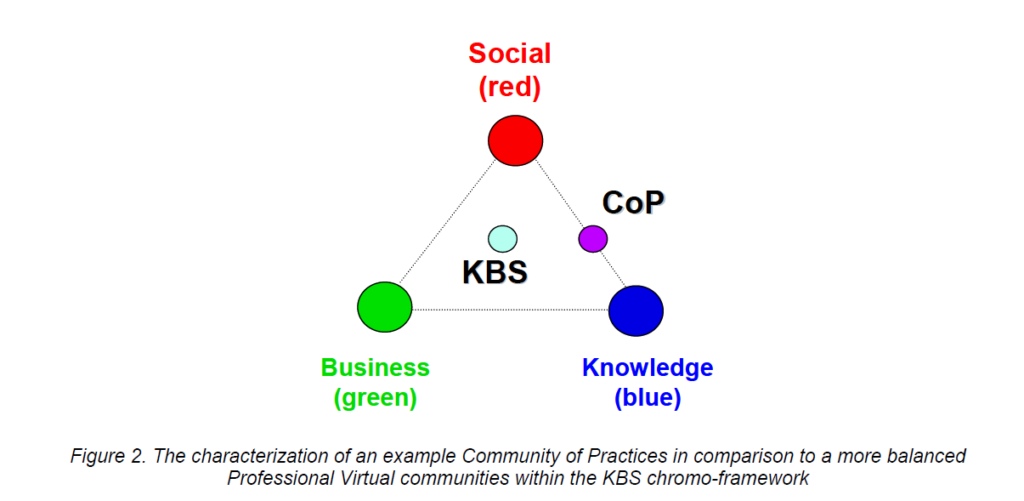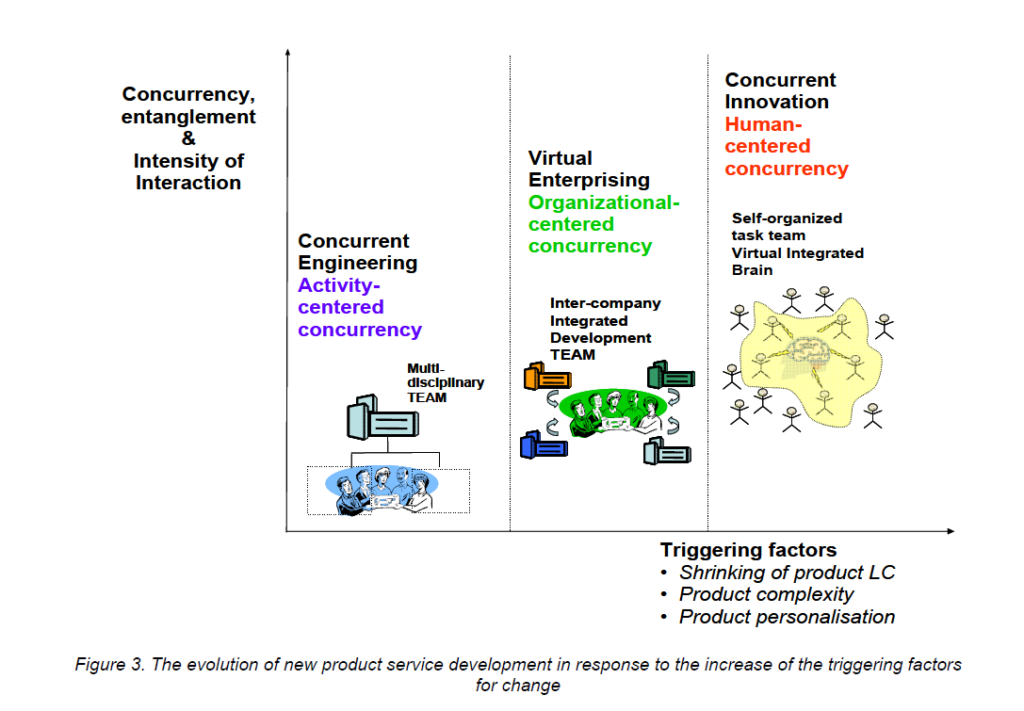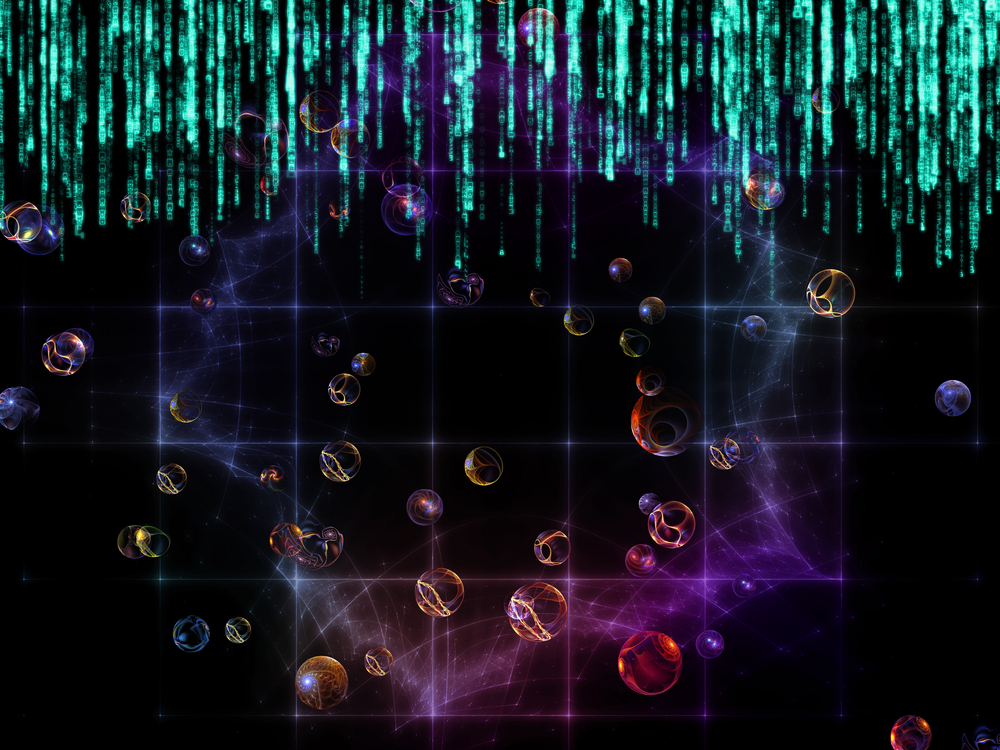I previously wrote about disconnects that occur within the decision making context amidst the constant stream of information flows that is “constantly fighting for your attention whilst you concurrently crusade to filter out the noise to make sense of your executional priorities”. This creates imbalance and asymmetries in all areas for we are emotive beings battling for our survival in an era where things are only getting worse! I mean, look at the external environment, we are facing war, economic collapses, rising poverty and income inequality and most of all, capitulation of the human psyche which is evident through the various fanatical manifestations and interpretations of what is fundamentally archaic, sanctified and sacred ideologies and frameworks that underpin spirituality. Everyone loves to be caught up in the hype, gossip and banter when sentiments are rife for human beings are always looking for excuses and reasons to detract others (as the saying goes, haters are going to hate and one should not hate the player but hate the game).
This notion is compounded by the fact that in 2020 the “global pandemic had disrupted tourism, crippled industries, shaken business models, rocked share markets and brought trepidation to humankind, globally. Academics, business leaders, entrepreneurs, spiritual leaders, and many others, collectively embraced the need to evolve in order to remain competitive and survive (or with any luck, thrive) in the current business landscape” which I have borrowed from my article on #ClimateChange here as part of my contribution to the Australian Institute of Business thematic blog which changes quarterly (and I must add – is filled with amazing levels of #appreciative_insights).
Whilst there are many issues, themes pervading the world at this point – what is concerning me is that there exists a disconnect between practitioners and academics – something that will result in the demise of economic nations globally if not addressed. Metaphorically, this is the classical microcosm of the world, an epitome that defines, as per what the Collins dictionary said is “a small society, place, or activity which has all the typical features of a much larger one and so seems like a smaller version of it”. Microcosms feed into macrocosms which is fundamentally “a complex organised system such as the universe or a society, considered as a single unit” and this is where things can get pretty messy! You see, if this happens, influence of a small minority will catalyse and aggregate itself, like how totalitarianism did in the movie V For Vendetta – something that I am sure is on the minds of sinister activist groups and terrorists and one that should never be allowed to proliferate.
The solution here is contained in one word “unity” for it is with unity and coherence that we are able to not only change our mindsets but effectively the world! So how will this be practically approached for many people have previously said to me that I am a theory guy and have no idea about practical business (but let me assure you, I love strategic experiments as these are the basis for my ongoing pursuit of happiness)?
The practical application of bridging this disconnect will be to create economic tools that amplify and harness distributed and collective intelligence in a framework and model that allows practitioners and academics to cross pollinate their knowledge and inspire Virtual Professional Knowledge communities (see image below which is from the #ConcurrentInnovationParadigm whitepaper – a copy of which is in my previous article) . Effectively, this kind of stuff is next level, based on #Metanational advatage and #openbusiness models and has to work around existing priorities of all participants. The challenge here is a) the methodlogy and b) the information system – both of which can be easily managed if you pay attention to this article here:


Simply, you need to create systems of communication akin to those present in cockpits when pilots fly – for in aviation there “exist(s) two critical communication terms universally used in all radio transmissions (Roger and Wilco). Wilco means I have received your message and will comply with it. Roger just means I have received your message, but I may or may not act on it. Identifying technological ways to automatically achieve “Roger” and minimising all communication requiring a “Wilco” will already nullify futile and irrelevant information snippets and facilitate driving the right message and intention to the right teams to act! This will be the model that creates a microcosm that feeds into the aggregate macrocosm, leveraging and respecting all elements of cultural variance. Very few understand this!
What will be the end state? As Kurt Lewin, a seminal figure in the field of change management previously said, you need to visualise the end state, evaluate the current state and map the forces for and against the change, simple! This is the nexus of force field analysis, a powerful tool that everyone should use, regardless of state of being!
The end state in this context will be the amalgamation and appreciation of theory with practical applications across all spectrums of integrated product and service development.


TBC: 0442AM GM+10 240922/


